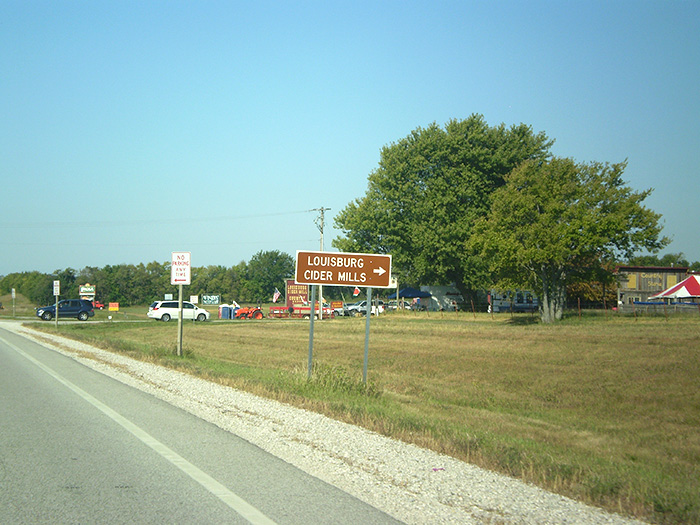Public Engagement Strategies for Complex Projects
Posted on Wednesday, May 18th, 2016 by Affinis CorpIn Project Strategies, tagged in Tags: k-68, public engagement

For our public engagement series, we interviewed Affinis co-workers on strategies, best practices, and lessons learned. In the first installment, we’re sharing thoughts from Linda Rottinghaus, PE, ENV SP on complex projects. This post covers her recent work on K-68.
Who are the stakeholders on the K-68 project?
The stakeholders include property and business owners, the travelling public, Miami County, the Cities of Louisburg and Paola, and the Corridor Management Committee which includes KDOT personnel, elected officials from the surrounding counties and cities, economic development councils, and city and county public officials.
Tell us a little about how you’re engaging the public on the K-68 project.
We have held two public meetings, and before each one, we give a public officials’ briefing. County and city officials and the Corridor Management Committee are invited for a more formal presentation about the project before the public open houses.
To communicate schedule and progress, we also use KDOT’s T-WORKS project website. There, we have placed surveys asking the public’s opinion on the project, as well as what’s important to them. These surveys are also available at the public meetings.
Along with the public meetings, we have also held focus groups and kitchen table meetings. The project was split into three sections, and property owners from each section, who were adjacent to K-68 and would be impacted by the project, were invited to discuss which improvements were of importance to them. The three focus groups were held before the first public meeting. The kitchen table meetings were held with individual property owners who were adversely impacted by the project (structures removed, property split, ponds impacted….). These meetings were held after the right-of-way was determined and before the second public meeting.
How is the different than other projects?
Every project has public involvement elements. On this one, I think the focus group meetings and public officials’ briefings were extra components. The span of the project is also not ordinary. It will span four years from the first public meeting to the start of construction.
What have you learned working with multiple groups on a single project over the years?
The focus group meetings were helpful in getting an early snapshot of what property owners thought of the project. However, with a project that lasts multiple years, it’s important to keep the lines of communication open. Over time, you get to know which property owners want more details than others. With those individuals, we are happy to meet more often, especially when changes are made to the project. This helps reduce misinformation and alleviate concerns.
What do you think works best?
When you have a project with multiple agencies, the public officials’ briefings are very helpful. I also think the kitchen table meetings were helpful. They gave the property owners whose homes were impacted a chance to see proposed improvements before the public meeting.
